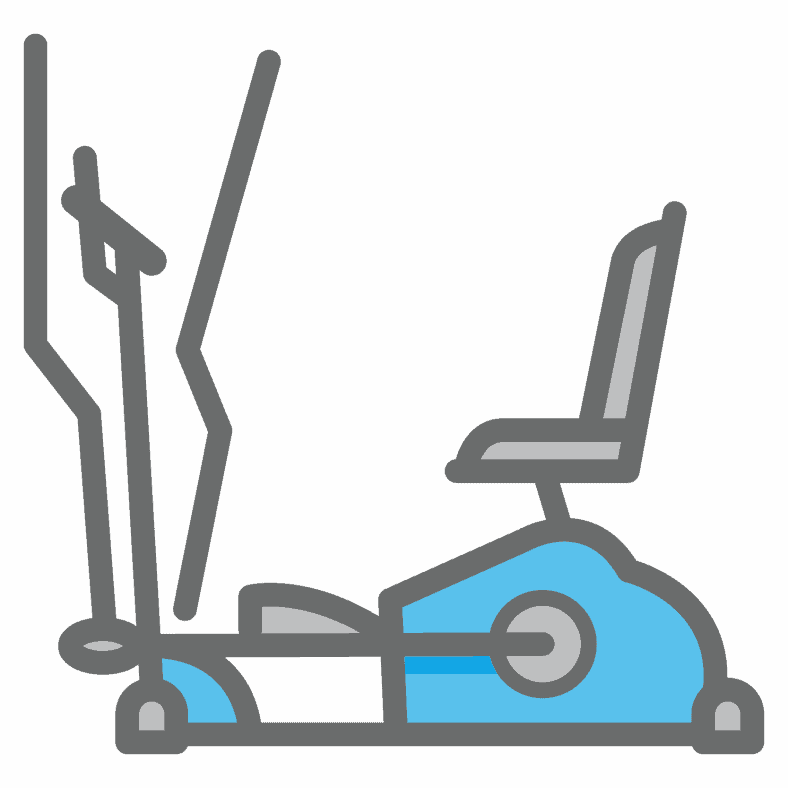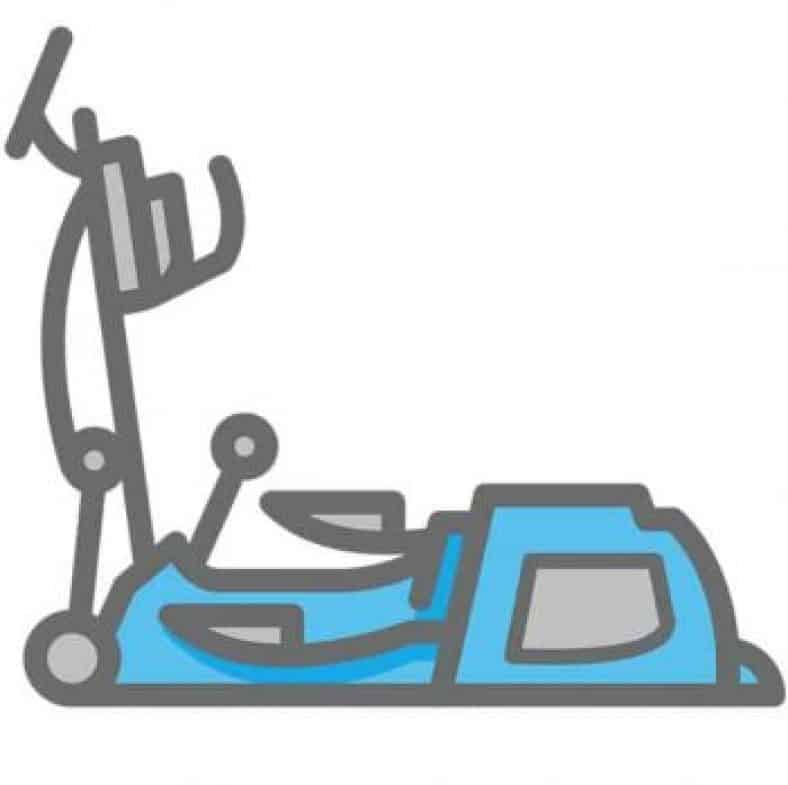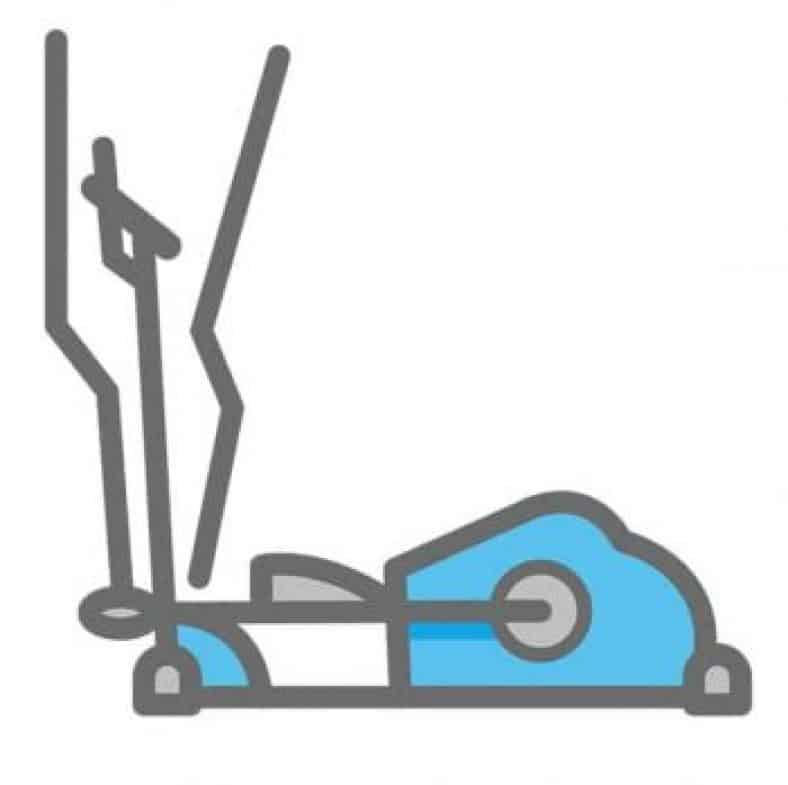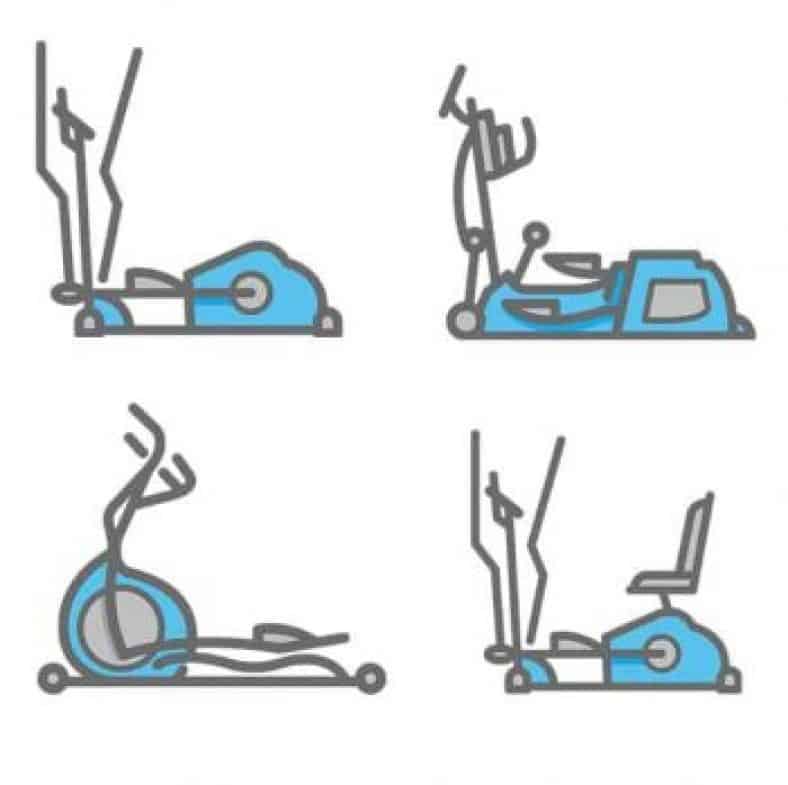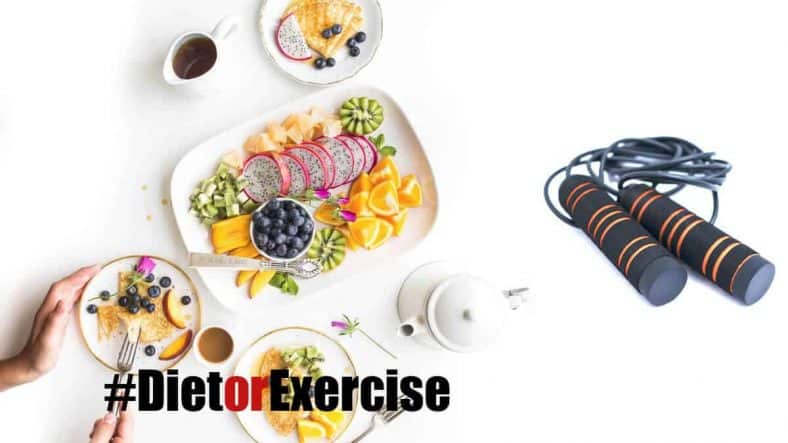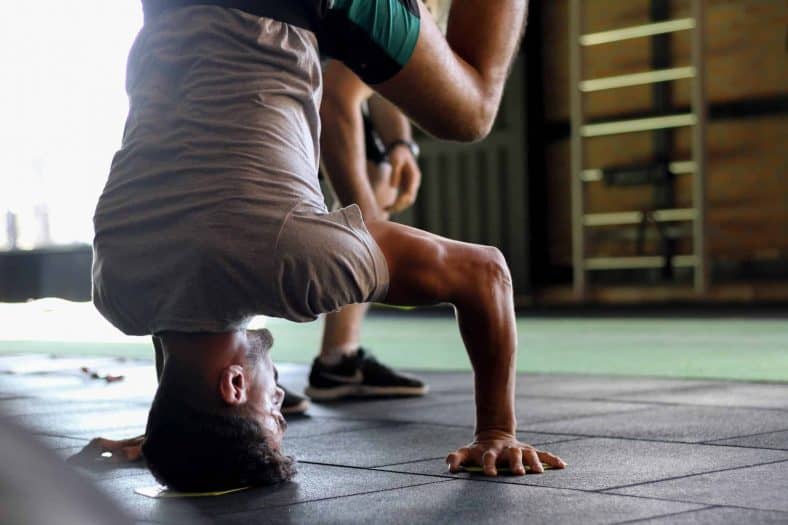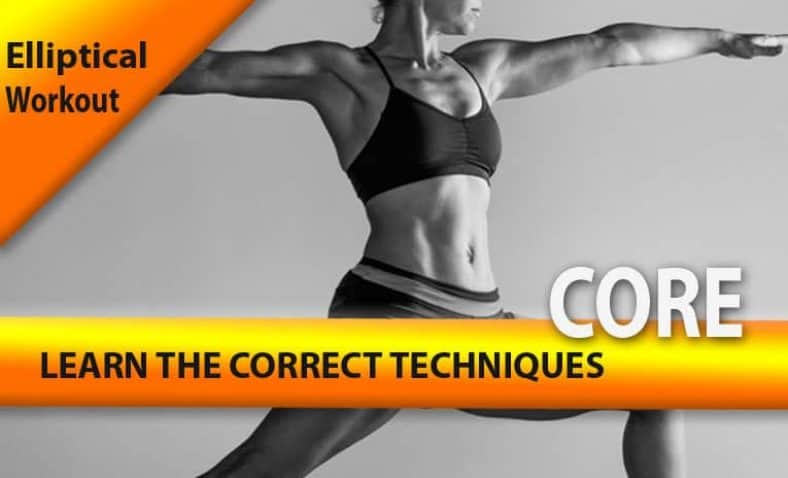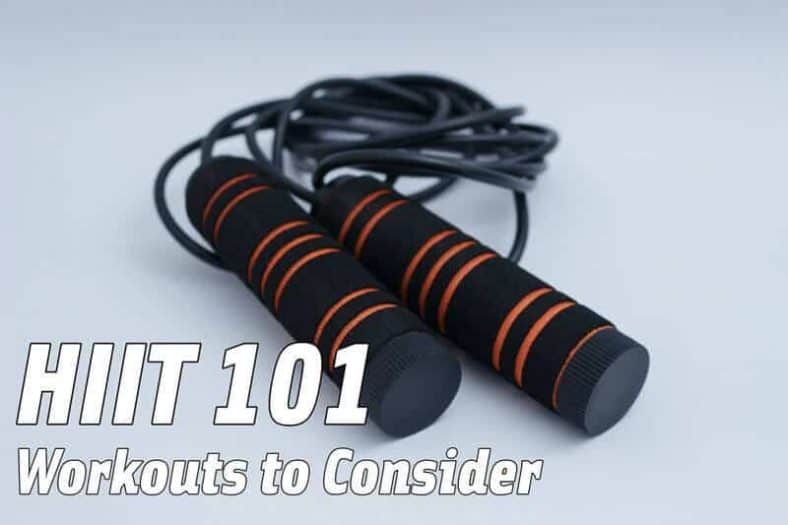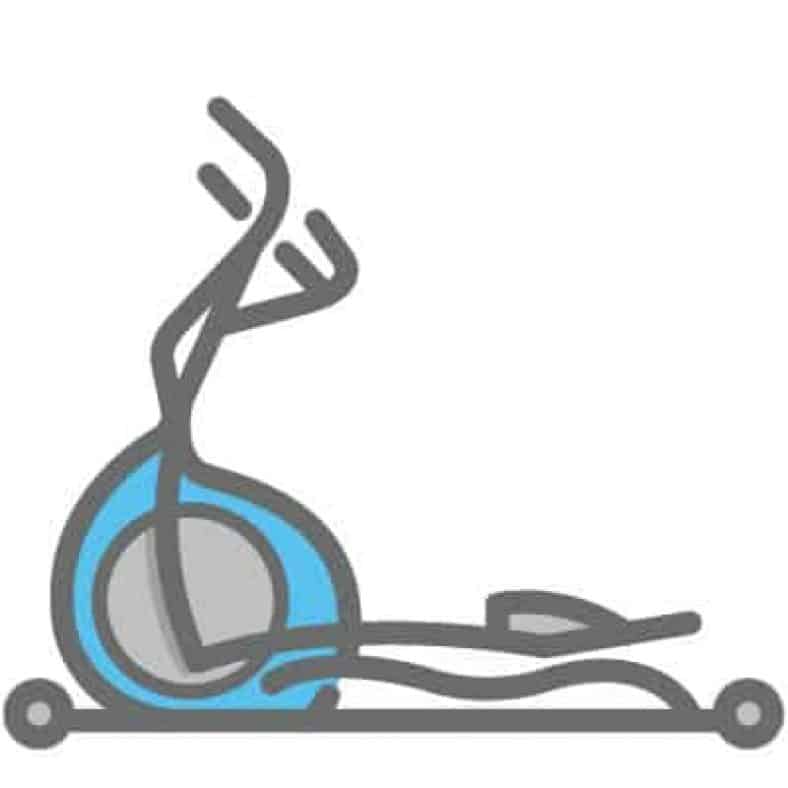Have you ever tried elliptical trainers? For elliptical users this thing is really a wonder. You will find the machines very easy to use and also user friendly as they practically run by themselves. Most of the time all you need to do is to climb on the foot pedals and press them down to get the speed going. But you will get better result of your workout if you know the proper use of elliptical trainers. The suitable use of the machine will gradually keep you longer on action, won’t make you tired as easily and will also bring out the best out of your cardio workouts.
[wpsm_numhead num=”1″ style=”3″ heading=”2″]The A, B, Cs of using Elliptical Trainers[/wpsm_numhead]
Let’s start with the very basic ways to use the machine. At first you need to mount it from the side grabbing the handle bar. It will help you to keep balance while you step on the pedals next. Once you get your speed up on the pedals, your time and distance would get automatically recorded by your elliptical trainer. You can also pick your preferred timed workout as you get used to the different programs of the machines.
To keep your balance, you need to understand the stationary handrails of the elliptical trainers. Learn well how to use them. You need to keep your body upright and head straight to get best result. Be careful not to lean or slouch on the rails.
For trunk or leg workouts, drop your hands to sides to get better results. This way will ensure that you have more works on your core muscles while you are pedaling and trying to keep balance at the same time.
The elliptical trainer enables pedaling in both directions, so you can pedal forwards or backwards as per your workout plan. You would find the machine as a cross between treadmill and cross country ski machine. But while you have to slide your feet back and forth in these two machines, your pedaling would result in an oval or elliptical pattern in the elliptical machines.
Many new users have a common query regarding the resistance settings of the machines. Adding resistance in elliptical will result in a more difficult pedaling for the user. It would almost feel like putting pressure to legs while changing to a higher gear in a bike.
Like treadmills, many elliptical trainers offer an adjustable incline. Apart from stimulating hills and stair climbing, this incline option helps to choose which muscles are to be worked on. While lower inclines are better for calves and legs, sharp inclines are suitable for glut and hamstrings.
[wpsm_numhead num=”2″ style=”3″ heading=”2″]Timings for Your Workouts[/wpsm_numhead]
With all the user friendly features of the machine, beginners generally get very excited with elliptical trainers. You would love to use it so much that it might even result in motivating you to try more by adding more resistance or more incline than you originally can handle. This actually might be harmful for your body at the very beginning.
For a safe and effective workout result, you should try for 15-20 minutes single sessions at most. Such timings with moderate settings of the machine will help you to get used to the machine faster. It will build confidence and motivate you to start more intense workouts.
One final suggestion about the machine is- if you use the elliptical trainer for more than 3 to 5 times a week, its better to try out different workout programs the machine can offer. The more you will change your strategies, the more muscle in your body will have the benefit of the various workouts. This will enhance the fitness of your muscles effectively.
Elliptical – Can It Reduce Your Weight?
Want to lose weight? Just go for elliptical. According to weight trainers ellipticals are nowadays the most popular machine to lose weight. Even with light or moderate workouts with elliptical you will have elevated heart rates.
You will have combined benefits of cardio workouts and calorie burning machines in elliptical. Unlike jogging, elliptical is less stressful to your joints and also it is more user-friendly. You will also receive ample information about your workout from the display console. Information like- number of calories burned, time used, METs, distance covered in the workout, target heart rate etc can be easily accessible in elliptical.
While you can have help of fitness guidebooks online (such as personal trainer Gerard Throne’s ‘TreadeFit: 9 Weeks to Your Ultimate Body’) you can also design your own workout plans with elliptical trainer. The fitness books are one good way to understand theories behind fat burning. The simple formula of fat burning (eat less + exercise more= weight loss) might be well known to everyone, but such books might work as a good motivation to get started with your goal.
Watch Out the Display!
Before getting to know about how to lose weight through elliptical, let’s have some idea about how calories are burned. Generally scientists use a common measure ‘metabolic equivalent’ or MET to measure calorie burns. MET measures the amount of energy we use while sleeping. A single MET is equivalent to around half a calorie burned per pound or around one kilo-calorie burned per kilogram of our body weight. For an example, 60 calories are generally burned while a 130 pound person sleeps for an hour.
Different exercises burns different amount of calories. Ellipticals, treadmills and stationary bikes have software that calculates estimated calories burned based on your weight against standard MET for different exercises from a catalogue of set values. Many have seen a ‘MET’ readout on their elliptical without understanding what it really is. This measurement is actually very useful to know the level at which you are exercising.
A machine like Precor EFX 5.33 might show an MET readout in the range of 10-14 during a high intensity workout. But not all machines show the same readings for same situations. Different manufacturers use different proprietary algorithms to measure METs. Machines that allow the user to input his/her weight generally gives more accurate reading to determine the Basal Metabolic Rate (BMR) of the user. The user’s calories burned per hour is then calculated by multiplying this BMR with METs.
[wpsm_numhead num=”3″ style=”3″ heading=”2″]Work Smarter With Ellipticals[/wpsm_numhead]
Now as you get to know ellipticals better, it must be clear to you how wonderfully effective ellipticals are for losing your weight. Combined with a proper diet, elliptical workouts can be highly satisfying for you. With elliptical you easily get to know if your workout is proper, whether you have successfully entered the fat burning zone or should concentrate on working harder. With ellipticals, light or moderate exercises will help you to burn calories but it is always good to have intense workouts for best results.
Utilize the display of the machine always. Through it the elliptical helps you to achieve the best cardio result and also burn the most calories while you are working out. Let the elliptical do its work regularly and you will get the body you want much faster.
Burn Calories Efficiently
While shopping for the perfect exercise equipment, you must have thought if the ellipticals are as efficient as treadmills or exercise bikes. Well, the truth is ellipticals are way better than both of them.
Higher Calorie Burn with Ellipticals-Reasons
There are reasons why ellipticals are better at burning calories than others. One of these reasons is users have to push themselves more on an elliptical machine than they would have to on treadmills because of lower perceived efforts. Means, users don’t even feel they are working hard to burn up the same amount of energy on elliptical which they would have done with a treadmill or bike.
Elliptical trainers also provide more complete workouts, especially if the machine is for upper body workouts. It has been proven that the more effective workouts involve more muscle groups you work and more calories you burn. As elliptical machines use all of the major muscle groups, the calorie burning is also very high with these machines. With using reverse motion regularly, you can burn calories even more.
[wpsm_numhead num=”4″ style=”3″ heading=”2″]Calorie Counters of Ellipticals[/wpsm_numhead]
Many elliptical trainers have calorie counters nowadays. But depending on the brand, make and model, their calorie count might vary. The accuracy of calorie counter in an elliptical trainer depends on how much information you provide as inputs. For an example, if your machine’s calorie counter uses information regarding only the time you spent on the machine and you resistance to measure your calorie burn count; it will be a general estimate. But if your elliptical trainer also lets you to provide your age, weight, height etc as input, the calorie burn reading would be more accurate.
With a medium level elliptical workout (not an intense one, just enough to work up a sweat) you can expect a 150 pound woman to burn around 340 calories in only 30 minutes. For a 180 pound man, a 30 minutes workout will result in 500 calories loss.
Measure the Effectiveness of Your Workout by Keeping Track
You need to keep track of your calorie burn out in your elliptical trainer as this is one good way to measure the effectiveness of your workout. If you notice that you are not burning off any more calories or you can’t surpass the calorie burn out rate after a certain level, it might indicate that it’s time to adjust your workout intensity. You can increase your calorie burn in different ways. Some of the ways include increasing your elliptical trainer’s resistance, doing more interval training (varying direction, speed and terrain) or splitting up your whole workout session into two 15-20 minutes sessions.
You would realize yourself that burning calories in an elliptical trainer is more efficient than in other exercise equipments.
Calorie Counters on Elliptical Machines
For past few years, calorie counters on elliptical trainers have been subjects of some debates. As the elliptical is really easy and comfortable to use, some users find it hard to believe that elliptical workouts are actually burning much calories.
[wpsm_numhead num=”5″ style=”3″ heading=”2″]Are Ellipticals Believable?[/wpsm_numhead]
One much raised question is how accurate are the counters on the elliptical. Most machines are by default programmed to provide average results for average users. But higher end machines are different. They allow you to provide more user input and use these variables (height, weight, gender etc) to provide more accurate result. Unfortunately, you would get only a general reading from the calorie counter on you elliptical trainer. Just based on you counter, you can’t get an accurate result regarding your calorie burn.
To estimate your own calorie burn, you can take some measures. First, keep in mind that on ellipticals you can burn around 300 calories through a one hour moderate workout. For an intense effort, this might result in upwards of 600 calories an hour. The reading of the HRM (Heart Rate Machine) can also help you to get an idea regarding how much calories you are burning.
Variance in Calorie Burn out Measurement in Sole
Some times, we can’t trust the manufacturers. Do the manufacturers always tell the truth? May be the 400 calorie burn out reading is actually for 300 calorie burned during a work out. May be they are doing this so that we can feel good about ourselves by seeing a good result in the machine reading.

We already had received such questions from a reader of calorie burn rate. She was getting varying readings from a Sole machine and a Proform. According to her- “ I worked out on a Sole E35 and found that the machine was showing less calories burned per minute of hard workout ( 10 calories per min) than I had seen in Proform machines (24 calories/min). Which one is wrong?”
Considering other cardio exercises, we found on an average 11 calories burned per minute while jogging, swimming will result in 8.5 calories per minute and walking will burn 4 calories per minute. So based on this fact we would say the reading of Sole machine is more accurate than Proform’s.
As 24 cal/ min (meaning 720 calories burned in a 30 minute walk) seems like an unusually high rate, we asked about the discrepancy to on of the leading elliptical trainer makers- Sole Fitness.
They replied that the results on the ellipticals come from calculation based on either a bicycle formula or a walking formula. For a more uniform readout, Sole Fitness has changed the calculation of all of its 2008 machines based on walking formula. The walking formula algorithm is used on most models that are found in health clubs.
If anyone has an old Sole Fitness machine and gets suspicious of its readings, S/he can contact the company and they will easily help to show how to change the formula on a console.
What Is The Best Calorie Measurement
Use the calorie counters on your elliptical machines just as a guideline. There’s no point getting obsessive about the number of calories burned during your workout or whether your machine is giving you the accurate reading. You should never think that you can eat a little more if you can burn calories more. To have the best calorie measurement, pay more attention to how much calorie do you take in through food. This is the ultimate way to true weight loss.
[wpsm_numhead num=”6″ style=”3″ heading=”2″]Stride Length – Important for Effective Workouts[/wpsm_numhead]
The goal of working out on an elliptical is to develop the ability to work your muscle groups and heart rate properly, right? But while people are giving attention to programs, attractiveness, resistance levels and warranty; this is ironic that they are not even bothered about the stride length of the machine while they go for buying an elliptical.
To understand the concept clearly, just remember that a user’s height is the thing which determines the stride length of an elliptical. With articulating foot pads, an elliptical needs to be comfortable. Yet many people can’t understand that they are using a machine that is too small for them.
An elliptical machine with 16” to 18” stride length is generally suitable for shorter people (5’3” or smaller). But for people with a height of at least 5’7” to 6’7”, a 20” to 21” stride length would be appropriate. Most people feel less comfortable with elliptical machines with stride lengths less than 18”. It results in short choppy strides.
Rear drive stride selector
An elliptical trainer with a shorter stride would be less uncomfortable to people who are out of shape. But to accommodate multiple users with different heights, most commercial health club models have a minimum 20” stride.
Getting the Best Possible Workout / How to Have the Best Possible Workout
During workouts, longer stride ranges are better for you. And up and down motions don’t count. The upper and lower body part gets advantage of working out on an elliptical but the legs get the most benefit. You would burn the same amount of calorie both in the elliptical and in a treadmill but in an elliptical the impact is less on the joints. It feels almost like riding a stationary bike. The act of striding and balancing yourself on a trainer will help you to further target the core muscle groups if you can drop your hands to your sides and do not use the handles.
We will experience different comfort levels on ellipticals as individuals are different from each other. In case of ergonomics- the smoothness of the flywheel, the brake system, the angle of the footpads- all comes into play. When deciding which model to buy for using in home, just remember that it is the stride length of elliptical trainers that you should consider at the very beginning.
[wpsm_numhead num=”7″ style=”3″ heading=”2″]Front Driven or Rear Drive? That Is the Question[/wpsm_numhead]
Are front driven elliptical trainers as good as rear driven models? Front driven models are often considered as shuffle trainers and with some specific models you can even experience a forward drive machine that feels like a ‘stepper’.
You must have seen in different gyms some commercial expensive trainers that are originally rear drive machines. High end brands like Prector and Life fitness uses the back to put the flywheel there. This provides a more natural hill toe ellipse.
Different approaches to motion / Approaches to Motion
Let’s have a look at two well known manufacturers who use different approaches to the motion. While Sole uses the front drive, Smooth uses the rear drive design. For similar priced products of these two companies, the score for their features, warranty and perks are very well. The main difference lies in the location of the drive train.
According to some experts, front driven machines are more linear and thus produce a flatter oval motion. Also, we found that when the front drive models lack articulating foot pads, the motion lacks smoothness and it’s not as elliptical as we had found on other high end machines. Also if the footpads are not inclined in wards, the flat position of your feet will result in making those feet go numb after a long workout.
In front drive units, users generally tend to move their weight forward by grabbing or leaning on the front bars of the machine. For this the front of a machine must be very stable otherwise users might face trouble. To strengthen stability, manufacturers generally use larger flywheel in the front of residential models of front drive elliptical trainers. This strategy also makes the machine sturdier and a heavy flywheel ensures smoother motion and stride.
Rear or Front Drive- It’s Your Choice
One important fact we need to remember is it’s more expensive to manufacture rear drive models and also market leaders (Smooth, Precor and Life Fitness) got strong patents on most rear drive model designs. So other market players design front drives for the elliptical trainer market. Also these companies have an advantage. As the flywheel of their machine works at the back they can add an angle ramp and adjustable incline on to the front of the machine. And such designs really make us to fancy on the health club machines. Also while rear drive machines are hugely favored by users, you can find a few sturdy models among front driven elliptical trainers.
[wpsm_numhead num=”8″ style=”3″ heading=”2″]Elliptical Trainer vs Treadmill[/wpsm_numhead]
It’s a common dilemma to compare elliptical trainers vs. treadmill while shopping for exercise equipment. Both are good for cardio vascular workouts and for burning calories. However, there are some distinct advantages of elliptical machines that lead users to choose it for their home. To help you determine which one is right for you, we have made a comparison.
Workout Quality
While both treadmill and ellipticals are good for cardio workouts and burning calories, you will get more from working out with an elliptical from the same amount of exertion. As the ‘perceived level of exertion’ is lower with an elliptical, you will want to keep going once you get started.
Elliptical for Lower and Upper Body
With an elliptical, your workout is more complete. While comparing ellipticals with treadmills, keep in mind which body parts are being used. Your lower body parts are involved in a treadmill workout and this is great if you want to work only on your lower abdomen, buttocks and legs. But for a complete workout, elliptical machines are better. You will get options to work on your upper body in many elliptical trainers. Such trainers include movable handlebars that work in tandem with the elliptical motions of your legs. Not only it works well for your arm, back and shoulder, but also lets you increase your cardiovascular workout in a set amount of time.
Reverse Motion with Ellipticals
Reverse motion is another strong difference point between ellipticals and treadmills. With the reverse motion option of an elliptical you can work out on a completely different area of your leg muscles. This you can never try on a treadmill.
Safety and Comfort
All types of exercise equipment have safety and design standards, but still there is always a chance of getting injured while working out. It’s good that with ellipticals, most chances of getting injured gets eliminated. With treadmills, one of the most common injuries is a fall while trying to get on or off a running treadmill. Another injury occurs when they stumbles by not matching their running or walking pace with the speed of the treadmill.
[wpsm_numhead num=”9″ style=”3″ heading=”2″]Its all about You![/wpsm_numhead]
Elliptical machines are designed in a way so that they can’t operate if you don’t provide the power. If you stop, the machine also stops. This system eliminates any chance that you would stumble or get caught on the foot pedals. You also get to choose the speed. Unlike treadmills, the machine will speed up or slow down to match your speed.
Possibilities of Joint Injuries
On a tread mill, injuries to joints are less likely to occur than running out of your door, but there is still chance of jarring of the joints. With each impact of your foot on the treadmill, you are putting the pressure of twice your body weight on your ankles and knees. In case of an elliptical, such impact would not happen as your feet never lift off of the foot pedals. Without any pounding or grinding of the joints, you will get to work up a sweat on an elliptical.
Cost & Design
On an average, an elliptical trainer is more costly than a similar quality treadmill. So, if you want to focus strictly on cardio and lower body workouts, treadmill is actually not a bad option for you in terms of cost.
More Options with Elliptical
But if you want to focus on an entire body workout with cardio, an elliptical is still your best option even though it costs more than a treadmill. Elliptical is certainly worth of the extra money as it has more options like adjustable inclines, pre-set workout programs, and many other options to customize your workouts according to your needs.
Fewer Repair for Elliptical
And most of all, the fantastic designs of ellipticals ensures fewer repairs (no belts to be replaced) and smaller footprints. You can easily put the machines almost anywhere in your home and save money with very few needs to repair them.
Ultimately it’s of course only you who can determine what is the best exercise equipment for you and your family. But when you try elliptical and compare it with treadmill, you most certainly will favor elliptical as you explore it.
